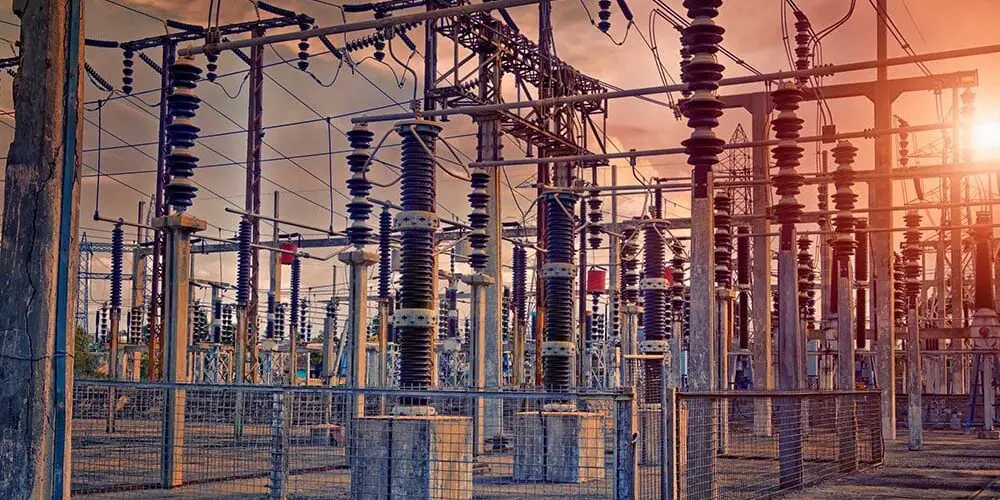Ginchi Power Distribution Station built with a cost of US$ 8.4M in the West Oromia region, Ethiopia, has been inaugurated in the presence of H.E Dr. Seleshi Bekele, Ethiopia’s Minister of Water, Irrigation, and Energy as well as the Chief Administrator of the Region, Shimelis Abdisa, and other high-ranking government officials.
The station became ready for operation back in September last year according to Ethiopian Electric Power (EEP), the Ethiopian electrical power industry and state-owned electric producer engaged in the development, investment, construction, operation, and management of power plants, power generation, and power transmission.
An overview of the distribution station
Also Read: MoU signed for development of solar energy projects in Ethiopia
The Ginchi Power Distribution Station has a capacity of holding 230/15 Kilovolt electric power. In other words, it is equipped with a dual-clutch transmission network that has 230 Kilovolt input and 10×15 Kilovolt output lines.
It was built by, Larsen and Toubro Ltd commonly known as L&T, and which is an Indian multinational technology, engineering, construction, manufacturing, and financial services conglomerate headquartered in Mumbai, Maharashtra, India.
MVV Energie AG, a Germany-based company that operates in the energy sector was the project consultant while France Development Bank and the Ethiopian government financed the development of the project.
Expectations for the distribution station
Speaking during the inauguration ceremony Ethiopia’s Minister of Water, Irrigation, and Energy said that the Ginchi Power Distribution Station will be crucial in addressing the demand for electricity in the West Oromia region, and the East African country at large.
On the other hand, the Chief Administrator of the Oromia region added that the power station will help expedite ecotourism and will power manufacturing industries, which will consequently create more jobs for the local population.
